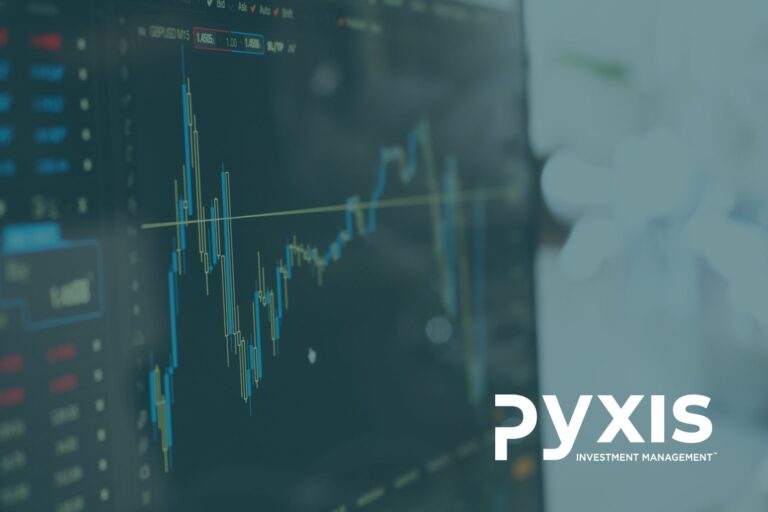Hindsight is 2020
Looking back at markets, it is evident that history repeats itself and investor sentiment and emotions drive markets to unjustifiable levels. Bennie retweeted a post a few days ago of historical bubbles in the market, a lot of these images have been floating around lately – all painting the same picture: when the cyclically adjusted PE ratio over the past 100 years is extrapolated it shows that the market inevitably reverts back to its mean after trading at unjustifiable levels. Over the past 100 years, there have been 18 recessions (roughly one every 5 and a half years); over the last 20 years, there have been 2 recessions (one every 10 years). Although markets appear to be running for longer, historically they always pull back. Globally, investors have been anticipating an impeding pull-back long before Coronavirus was applying additional pressure.
CAPE or Cyclically Adjusted PE ratio: also referred to as Shiller PE, is a PE ratio adjusted to account for inflation, ie: PE ratio in real terms.
If this is the case, why are markets still running?
Markets run for a number of reasons, but when looking at this most recent climb in its most basic form: supply and demand. The most basic principle of economics – the more demand there is for something, the greater the price; and if there is limited supply coupled with that demand, consumers will happily pay an even greater price. This demand is not coming from professional investors however, professional investors are cautious around the inflated pricing of assets and the aforementioned expected pull-back. One of the drivers of demand are self-taught novice investors, such as Davey Day Trader and his followers on brokerage free trading platforms like Robinhood. The CEO of Robinhood has noted that trade volume was up 300% YoY in May. According to the Data Driven Investor, the fintech platform has largely attributed this to a “lack of alternative gambling options” and “naïve optimism”.
Increased trading activity from e-brokers such as Ameritrade and E-Trade saw over 100% growth when compared to Q1 last year.
Davey Day Trader: Dave Portney – founder of Barstool Sports, took up trading due to the lockdown inhibiting his ability to gamble on sports; 1.6 million followers on Twitter.
But where are they finding the money during a pandemic?
In an attempt to encourage economic activity, governments have introduced fiscal stimulus. As unemployment increases, governments are allocating a large proportion of this stimulus directly to individuals (approximately 30% in the US). As people are restricted with what they can do due to lockdown and its impediments on society, many have taken to day trading. It seems intuitive that this increase in money supply coupled with heightened interest in the market is contributing to inflated prices. Historically, this would have been evident in consumer inflation, but this time we are seeing it in stock market prices as individuals spend their stimulus cheque trading.
Governments have additionally contributed to inflated prices and artificial demand through fiscal stimulus packages aimed at promoting growth and stability during this time of turmoil – the Fed alone introduced USD 2 trillion
Why do Davey and his followers think this is easy?
With all the additional volumes moving through the market, both from novice traders and the government, overall prices are continuously rising. The appearance of additional demand coupled with FOMO (fear of missing out) has fostered the artificial inflation of prices and supported the illusion of wealth creation. This is however not the full picture, nor is it sustainable.
Why are they wrong?
Share prices should reflect the value of a company’s fundamentals. The company’s ability to grow in the future and deploy cash back to its investors. These prices are largely driven by increased trading volumes, artificial demand.
On a side note: this is not the case for all shares. If you look at the S&P 500, excluding the FAANG (Facebook, Amazon, Apple, Netflix and Alphabet) and healthcare shares, a very different picture is painted. But that is a discussion for another day.
As a long-term investor, what should one do?
We may not know when the decline will come nor the magnitude of it, but history and those with more experience are warning us. Under these circumstances it is important to stick to our guns and focus on our investment philosophy. When the downturn comes, we will be happy we weren’t short sighted. As inflation starts to come through in consumer prices and share prices revert back to fundamental values, one wants to be in possession of assets offering inflation protection. One of the themes we have been exploring is physical commodities, namely: gold and silver. We believe these assets will be more resilient to a market downturn, but in totality – stick to your long-term views and don’t be tempted to buy into the fad of purchasing “sexy” stocks because they just keep going up.
In conclusion: Listen to the suits – “…attempt to be fearful when others are greedy and to be greedy when others are fearful.” – Warren Buffett
ABOUT THE AUTHOR:
Ashley Pedlar, CFA® – COO
Ashley obtained her MCom in Investment Management at the University of Johannesburg and is also a CFA charterholder. She was selected to participate in the CFA Equity Research project in 2015/16. Her team’s success in the local leg took them to Chicago in 2016, where they placed in the top 6 of the EMEA region. During her time at Sasfin Wealth she was a regular feature on the ‘Biweekly Friday midday market crossing’ on SAFM.






